4 Mins Read
There are many everyday products that are dangerous to our health and the environment, but most of us aren’t even aware of it. It’s time to get educated! Find out which daily “healthy” and “harmless” habits you practice are actually toxic and need to be thrown out/stopped ASAP – for yourself and for the planet.
Distilled Water
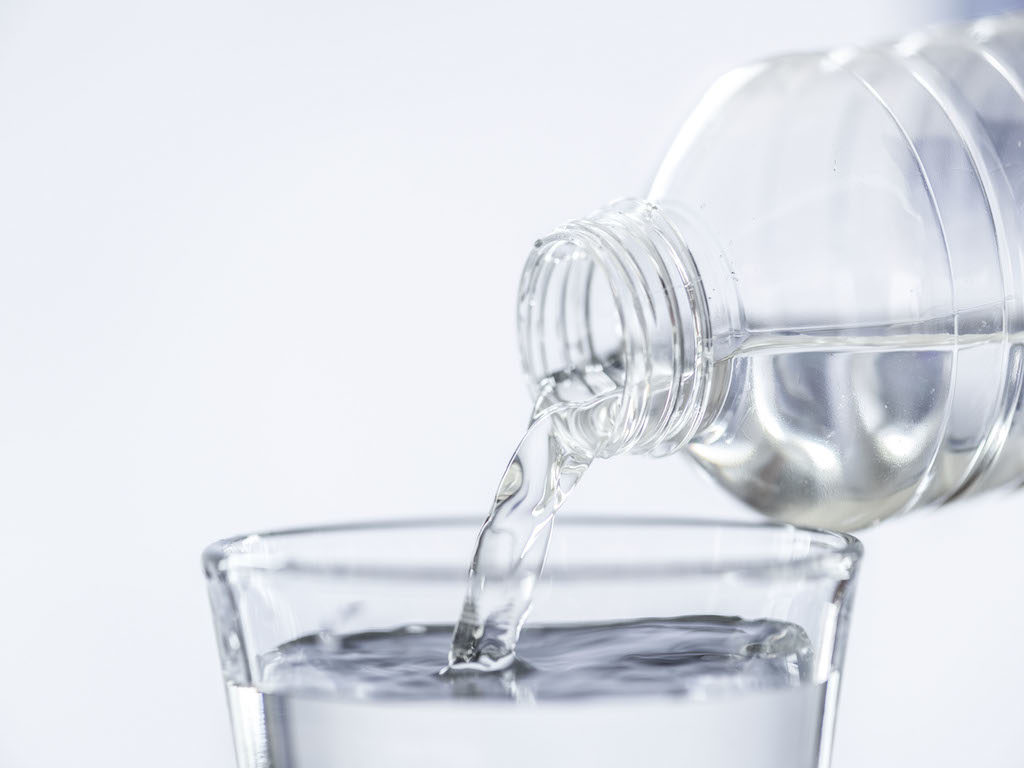
Distilled water is big business, which is probably why you haven’t heard about how toxic it is. Boiled until evaporation, then condensed back into liquid form, distilled water is robbed of all its natural minerals. Void of minerals, consumption of distilled water can lead to electrolyte imbalances in the body as electrolytes have to be leached from tissues to compensate for the mineral-stripped water you drink. According to the Environmental Protection Agency (EPA), carbon dioxide in the air is dissolved in distilled water, making it acidic, which could have dangerous health implications. Not to mention all the plastic waste ending up in our oceans, landfills and back into our food and water due to bottled and packaged water!
Mouthwash
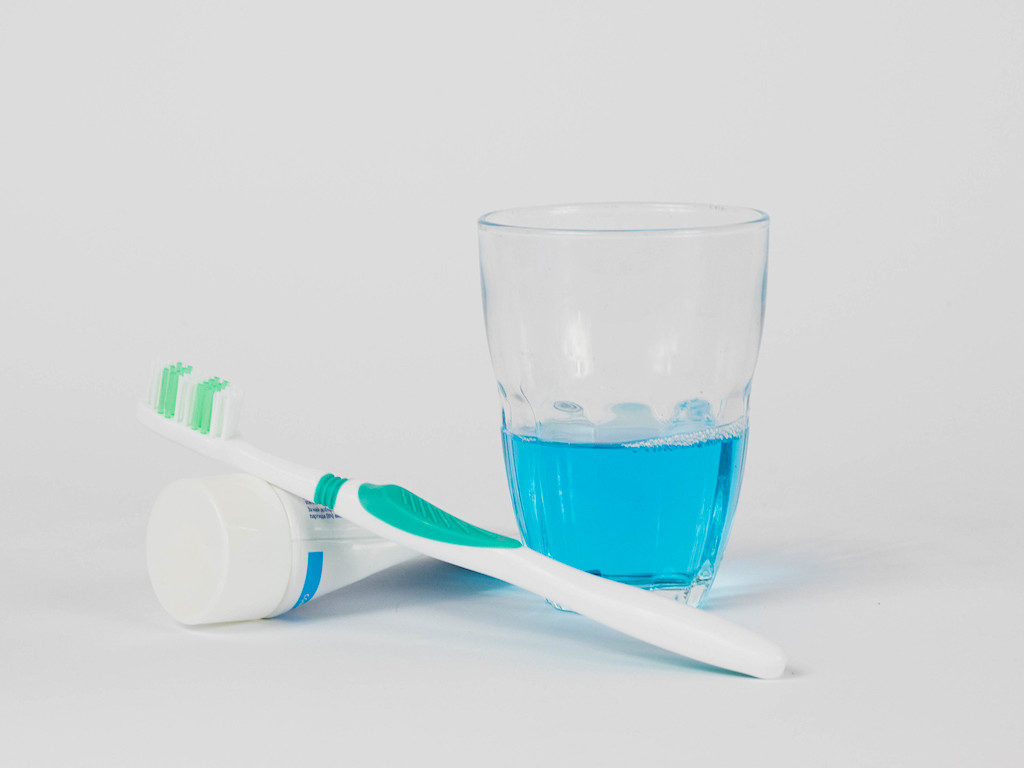
It’s time to reconsider your morning dental routine. Research published in Frontiers in Cellular and Infection Microbiology has recently revealed that mouthwash use is associated with increased blood pressure due to an antiseptic compound – chlorhexidine – that upsets the natural balance of oral microbiome. Chlorhexidine-containing commercial mouthwash destroys good bacteria in your mouth, which is responsible for converting dietary nitrates, commonly found in fruits and vegetables, into nitric oxide. Nitric oxide plays an important role in our bodies in stabilising our blood pressure. Plus, mouthwash often contains ethanol as an ingredient, which means it doesn’t truly cure bad breath because it dries out your oral environment and strips it of the saliva and good bacteria that manages breath. Finally, most mouthwash features questionable to harmful ingredients, such as hydrogen peroxide and methyl salicylate that have no business being in your mouth!
Gel Nails
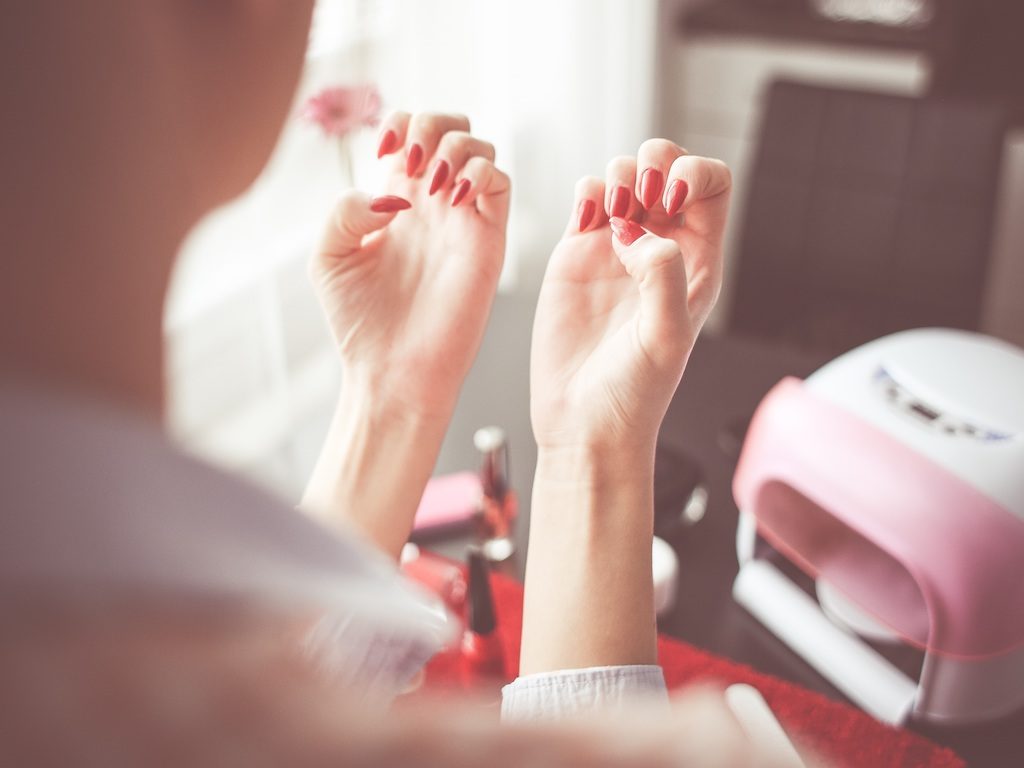
You’re at the salon, the manicurist has applied the gel polish to your nails, they set after being cured under an ultraviolet (UV) light after the polish is applied, and voila! Perfect, shiny, chip-free nails! Not so fast – a 2014 study showed that the exposure to UV during this process could be linked to photo-aging (premature skin aging). Active ingredients in nail polish products are also not so great for the health of your nails (or your body). Dibutyl phthalate (DBP) is a common plasticiser used to make the varnish durable, and has been linked to interfering with our normal hormone function by disrupting endocrine systems. Synthetic camphor is another compound featured in the ingredient lists of many polishes, which has been associated with nausea, dizziness, headaches and disorientation after prolonged exposure to its fumes. In addition, both ingredients strip your nail bed of natural oils and can cause nail thinning over time.
Deodorant
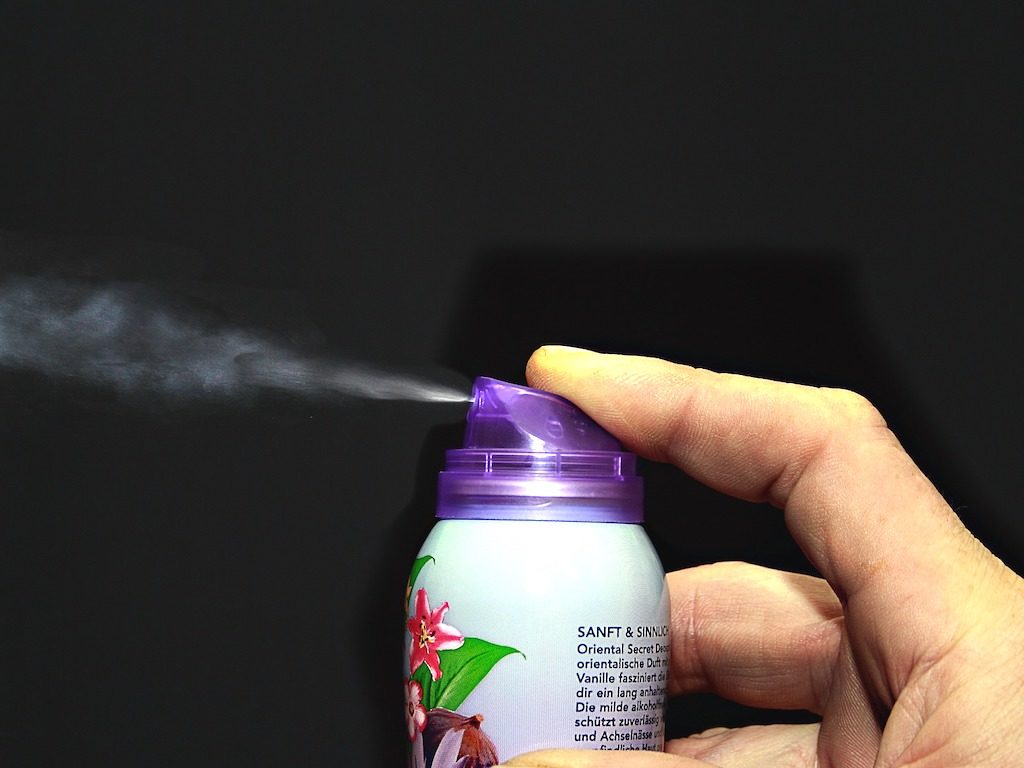
Some point to scientific evidence of an association between deodorant and antiperspirant use and forms of cancer due to the aluminium content in these products, but more attention should be paid to the environmental concerns with your smell-good routine. Spray deodorants often contain aerosol, which contain liquid gases like butane or propane and non-renewable fossil fuels. Deodorants also contain an antimicrobial and antifungal agent called triclosan, which pollutes waterways, rivers and oceans. And if that’s not enough to make you think twice before you douse your armpits, deodorant cans and bottles are often made of non-recyclable cans and plastic, and come with extra packaging too. But don’t fret – Green Queen have compiled a list of the best all-natural zero-waste deodorants on the market!
Hairspray
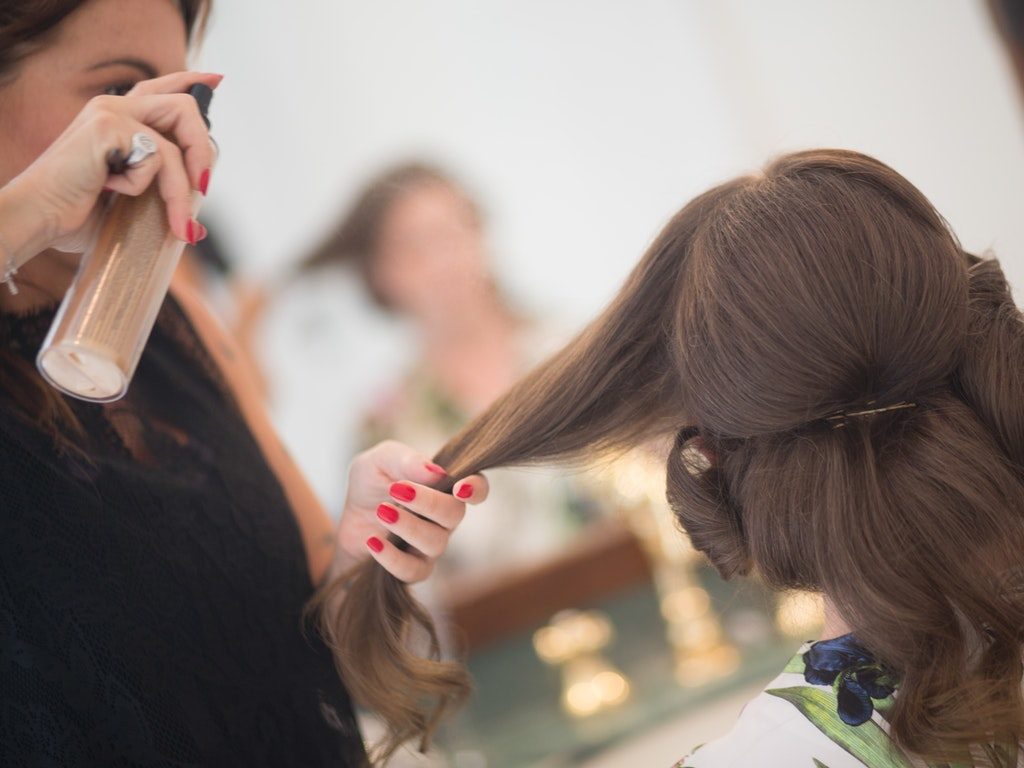
Like other products that come in spray cans, hairspray contains compressed gases and industrial polymers which add to our carbon footprint, contributing to rising global temperatures. They are also notoriously wasteful: once gas runs out of the hairspray can, you throw away the whole product – which ends up in our landfills – and purchase a new one again. Hairspray isn’t just bad for the planet, many contain many toxic ingredients that are harmful to your hair, including benzyl salicylate, eugenol, artificial fragrances and petrochemical plastic polymers, which dry up your hair, take away your scalp’s natural healthy oils (which leads to irritation!), and is linked to hair loss in the long term. Breathing in the fumes from hairspray can also lead to poisoning, due to common ingredients like carboxymethylcellulose and polyvinyl alcohol.
Lead image courtesy of Unsplash.




